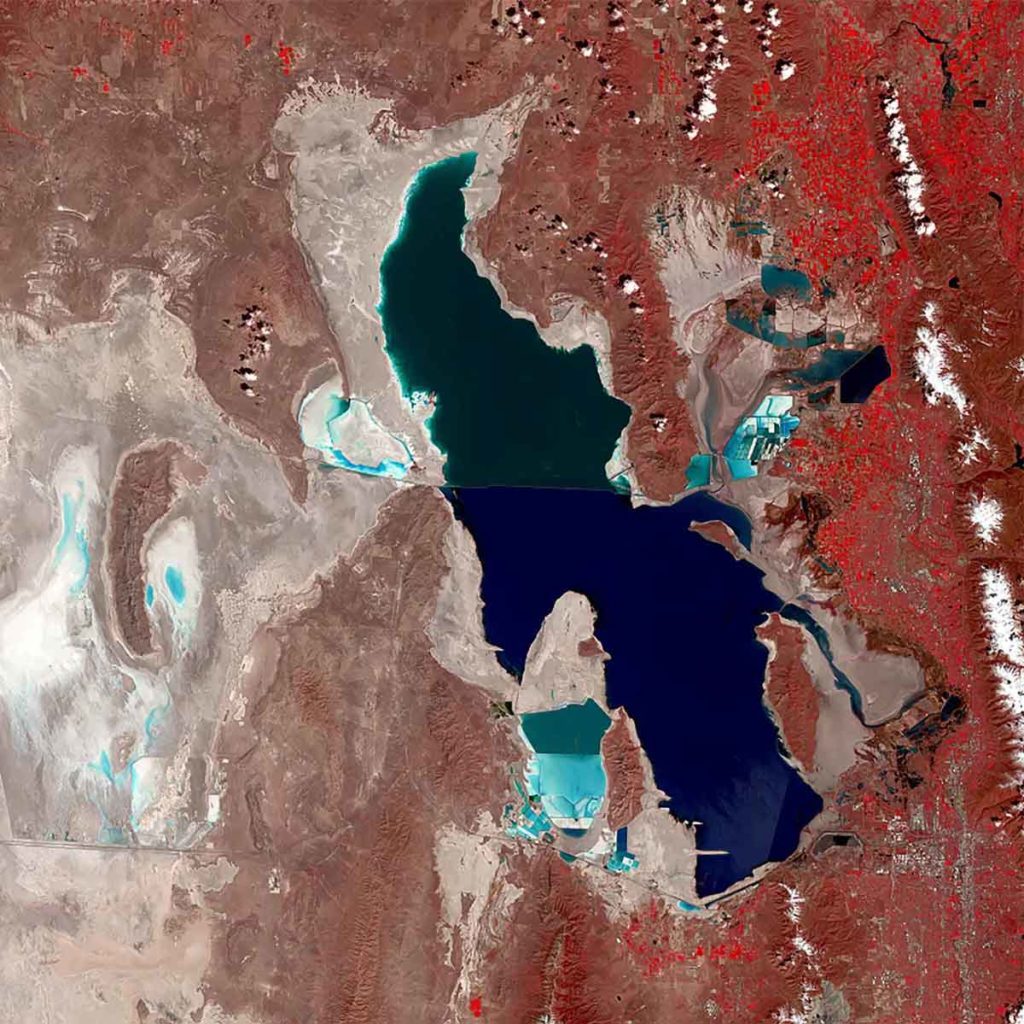
What Does It Take to Leave Enough Water for Great Salt Lake?
Co-Creators: Amy MacDonald, Sofia Gorder, Rob Wilson and Joel Long
Evaporation raises awareness of Great Salt Lake (GSL), Utah’s water use and misuse, prompting the audience to contemplate their role in water issues and saving GSL. It offers accurate information of issues at play for GSL and our state’s water usage. We will use our format of information, inspiration, engagement and specific action plans through multi-media and dialogue as an avenue to envision a healthy future for the lake and all creatures that rely on her.
Events
2023 Party for Clean Power! with Utah Clean Energy
Fundraising Gala
5:30 PM – 8:30 PM | Thursday, September 28, 2023 Mid-Valley Performing Arts Theater | 2525 Taylorsville Blvd. Featuring a special performance of “Illusion of Abundance” by Brolly ArtsPhoto Gallery
Great Salt Lake Symposium event at Antelope Island September 24, 2022
From the reading entitled “We Are Made Of Water: Losing The Great Salt Lake”, by Joel Long, performance by Jordan Danielle, and Performance Art Piece entitled “Illusion of Abundance”, Choreography by Sofia Gorder, Narrative Written by Sophia Cutubrus
Previous Events
Great Salt Lake: Out of this World
|
February 16 at 5:30 PM & February 17, 6:00 PM 2006: Space Oddity |
Gallery opening an artist reception Thursday, February 16, 530 to 8 PM and Friday, February 17, 6 to 9 PM 2006: Space Oddity | 2006 S 900 E, SLC, UT 84105 A multimedia event at 2006: Space Oddity in connection with Brolly Arts, great Salt Lake Institute at Westminster and Save Our great Salt Lake |
"Evaporation: What Does It Take To Leave Enough Water For Great Salt Lake"
Hosted by Alta Community Enrichment (ACE) and Brolly Arts
|
November 13 at 3:30 pm Our Lady Of The Snows Alta, Utah |
The goal of this event is to raise awareness of Great Salt Lake (GSL), Utah's water use and misuse, prompting the audience to contemplate their role in water issues and saving GSL. Hosting this event in Alta is crucial as we are the home to the headwaters of Little Cottonwood Canyon creek and face the painful uncertainty of how will we enjoy the famous deep powder snow if there is no GSL? This multi-media event and intimate dialogue will inspire you to become engaged and create specific action plans to envision a healthy future for the lake and all creatures that rely on her. Brolly Arts’ Evaporation includes multi-media presentations, reading and improvisation, and a performance art piece “Illusion Of Abundance” created by Brolly Arts dancers and creatives as well as presentations and conversations from advocates to protect GSL. The full lineup will be posted soon. |
Rowland Hall Deliberate Dialogue
Open to General Public around issues of water specifically Great Salt Lake
| October 12, 2022 | Brolly Arts presents Evaporation - performance and dialogue |
University of Utah Environmental Humanities’ Great Salt Lake Symposium
| September 23, 2022 | Brolly Arts Founder and Director Amy MacDonald participates on panel “Can Art Save The World” and teases new performance piece from Evaporation. |
| September 24, 2022 at 2:30 pm |
Antelope Island Visitor Center programming and discussion Brolly Arts premieres segments of Evaporation and leads audience experience and discussion |
– Check back for additional event dates –
“When we see land as a community to which we belong, we may begin to use it with love and respect.”
Aldo Leopold
State Lawmaker and Rancher


“When we see land as a community to which we belong, we may begin to use it with love and respect.”
Aldo Leopold
State Lawmaker and Rancher
Great Salt Lake: 1984 -2020
YOUR SUPPORT IS APPRECIATED
Make a Difference Today
Your generous gift will go towards our mission of transforming lives through the power of art and to supporting our commitment to increase the opportunities and impacts of artists and arts organizations. Your tax-deductible donation is greatly appreciated.











